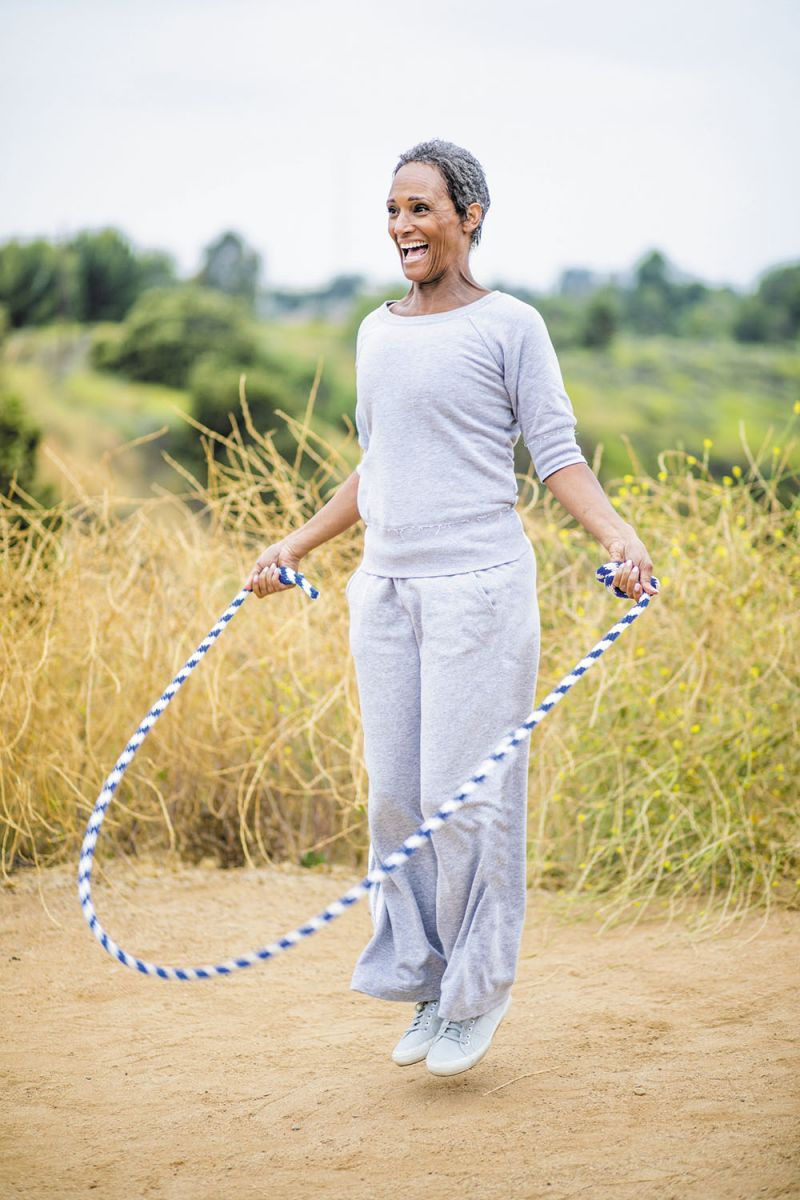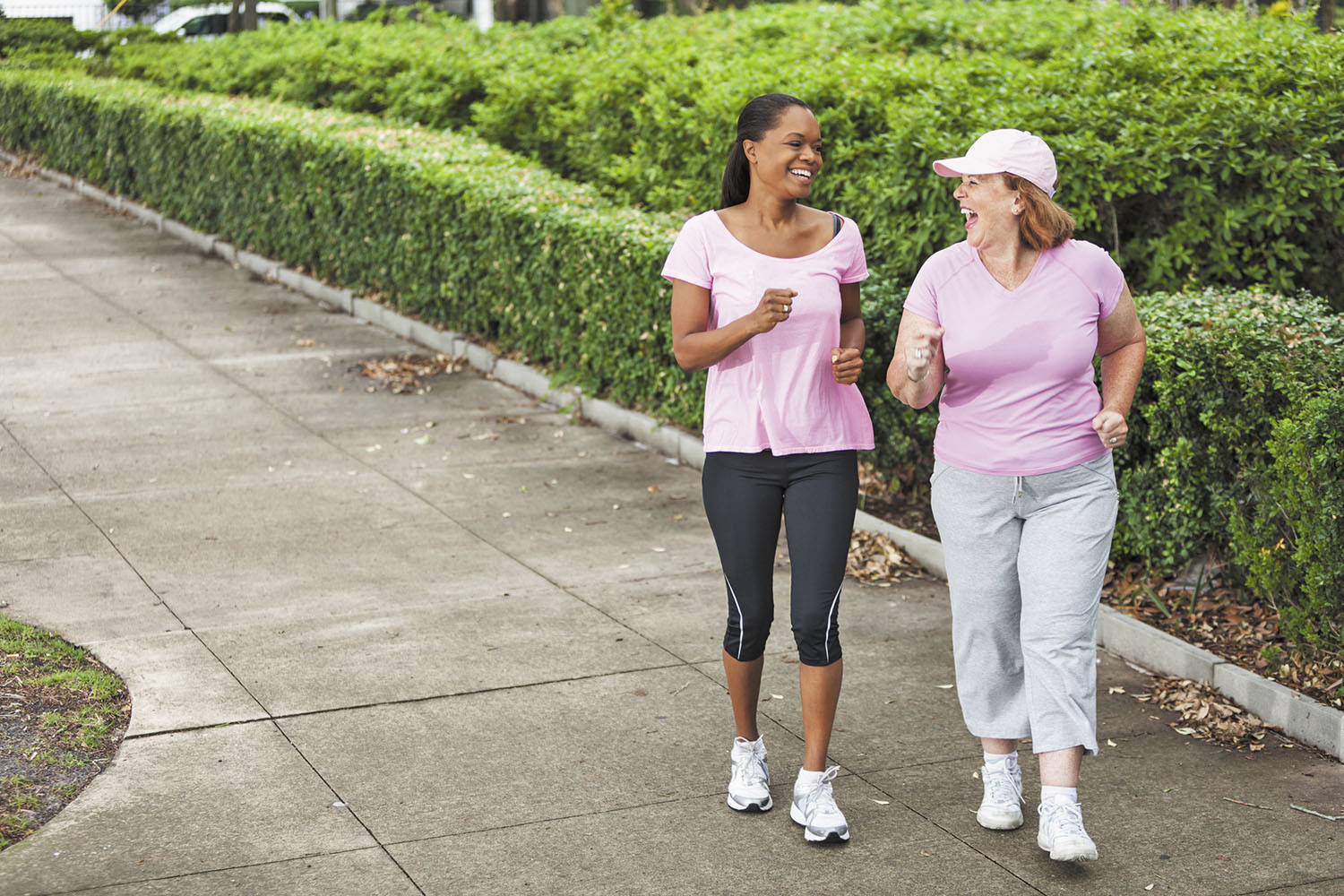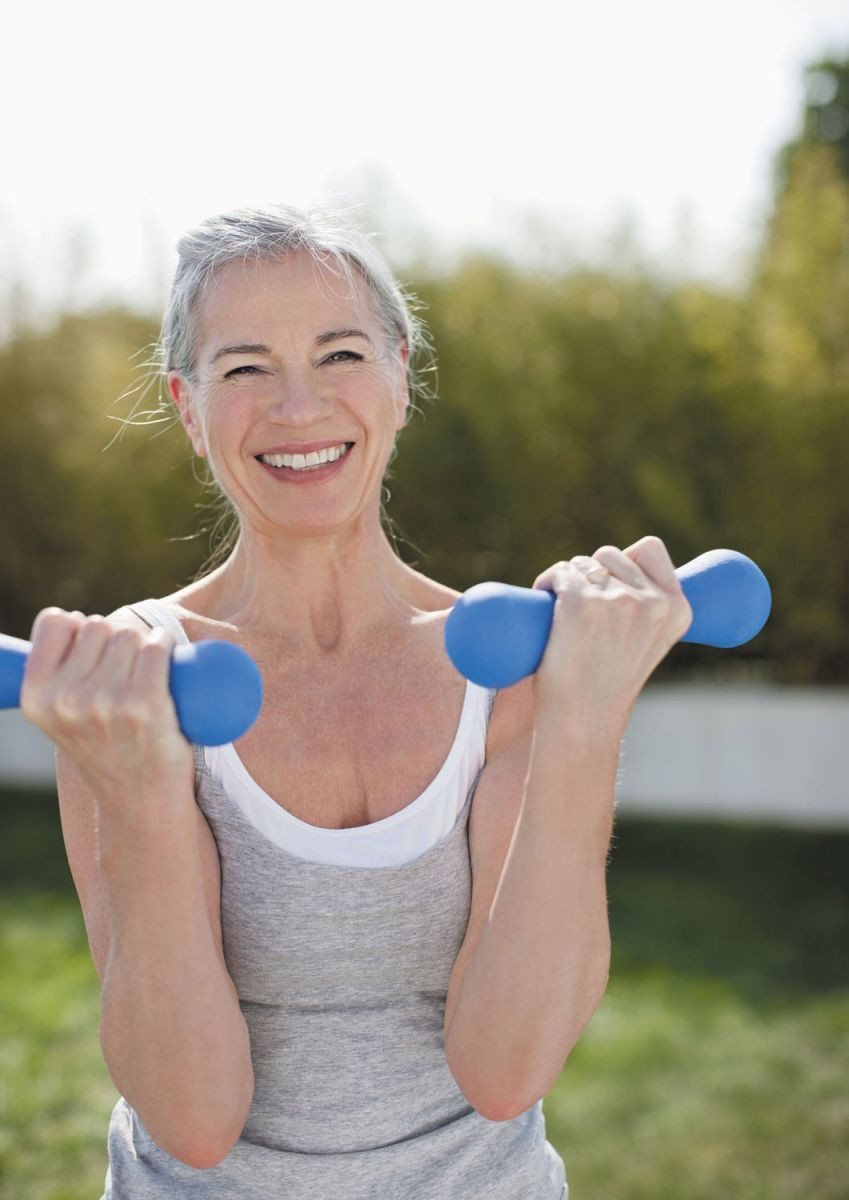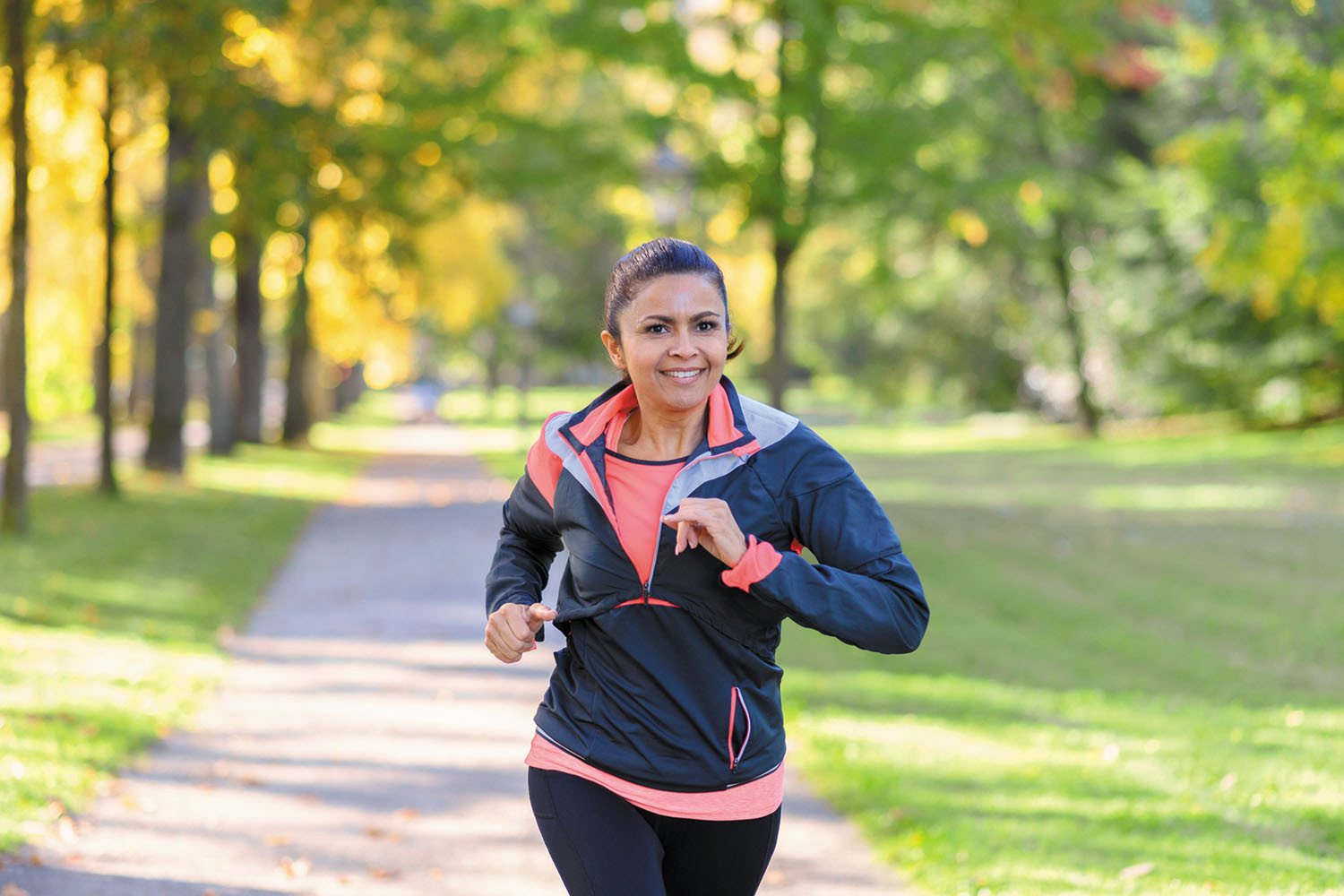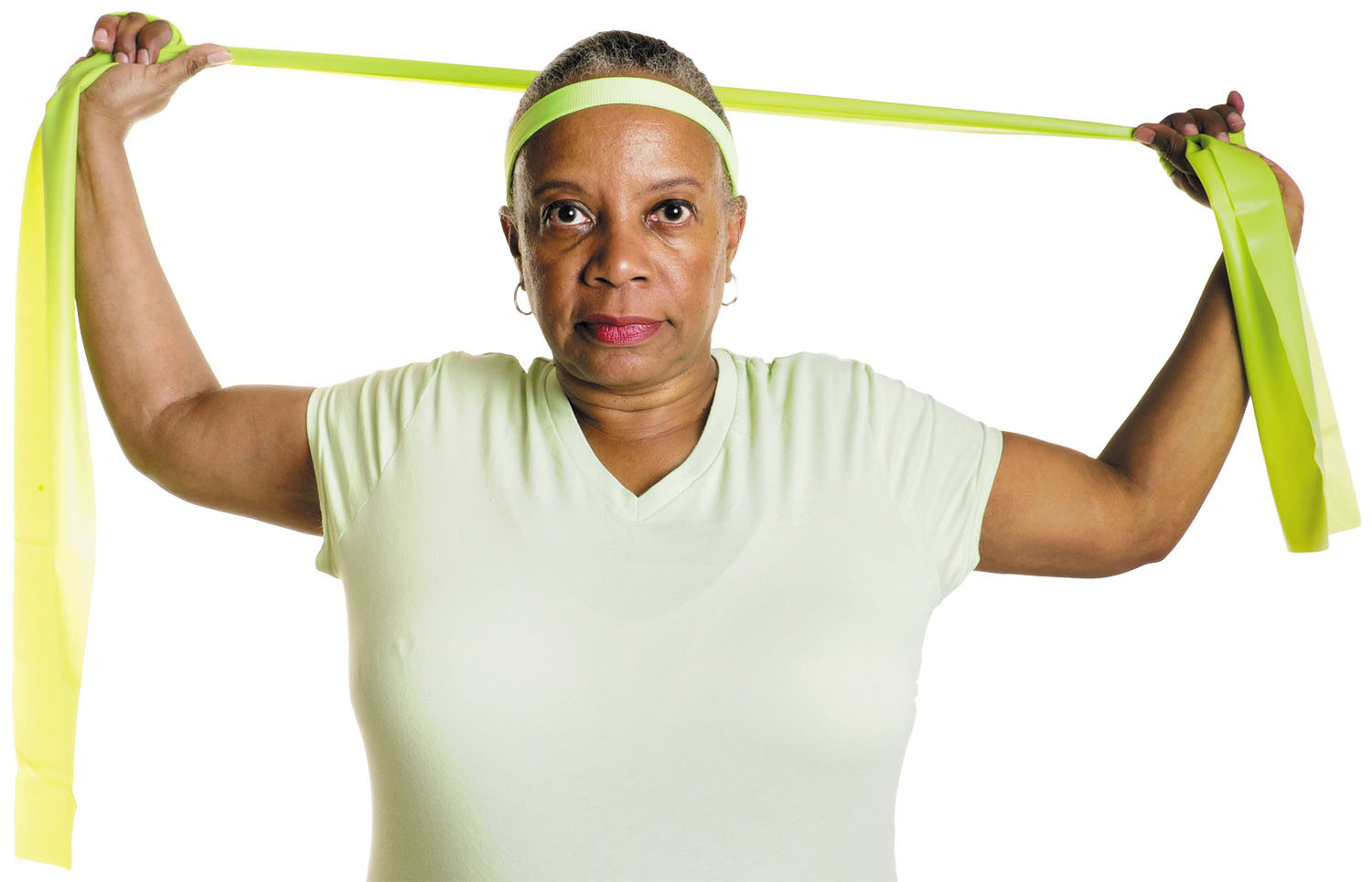
5 timeless habits for better health

What are the symptoms of prostate cancer?

Is your breakfast cereal healthy?

When pain signals an emergency: Symptoms you should never ignore

Does exercise give you energy?

Acupuncture for pain relief: How it works and what to expect

How to avoid jet lag: Tips for staying alert when you travel

Biofeedback therapy: How it works and how it can help relieve pain

Best vitamins and minerals for energy

Should you take probiotics with antibiotics?
Exercise & Fitness Archive
Articles
The drug-free approach to pain management
You have many alternatives for treating and controlling pain.
The opioid epidemic continues to rise in America, and a 2017 report from the National Initiative for the Care of the Elderly suggests the crisis now affects more older adults.
A main reason for the growing addiction to pain medicine is the ease with which it is often prescribed, according to Dr. Robert Jamison, a professor of anesthesia and psychiatry with Harvard-affiliated Brigham and Women's Hospital.
Setting up a home gym
Here's what you need to keep you exercising.
Image: © SelectStock/Getty Images
Perhaps the biggest physical challenge for older men is maintaining muscle mass and strength. On average, men can expect to lose up to 5% of their muscle mass each decade after age 30.
But regular strength training can slow that loss and even increase muscle mass into your 90s, according to Dr. Steven Makovitch, an instructor in physical medicine and rehabilitation at Harvard-affiliated Spaulding Rehabilitation Hospital. "Increased muscle mass has benefits beyond physical strength, too," he says. "Staying fit can reduce your fear of falls, increase confidence, and help you sleep better."
Exercise can help you keep your bones strong
Running, jumping, and other weight-bearing exercises stimulate your bones and make them stronger.
If you've gone through menopause, your bones probably aren't as strong as they used to be.
"Around the time of menopause, there is accelerated bone loss in women as the ovaries stop producing estrogen," says Dr. Meryl S. LeBoff, professor of medicine at Harvard Medical School. This bone loss usually continues as you age, leading in some cases to either of two conditions: osteoporosis (a significant loss of bone density), or the less severe osteopenia (low bone mass). Together, these conditions affect 43.4 million Americans. Either can cause the bones to become brittle and break easily.
Walk this way
How fast is fast enough? About 100 steps per minute might be a reasonable goal, but your mileage may vary.
Image: © Kali Nine LLC/Getty Images
Walking can be a wonderful way to get exercise. But do you ever wonder if you're moving briskly enough to benefit your heart? There's a quite a difference between a leisurely neighborhood stroll and a purposeful gait when you're late for the bus. Now, new research suggests that a pace of about 100 steps per minute qualifies as brisk walking for many people (see "Take this in stride: A study of walking speed").
Using that cadence as a benchmark might make sense for some — but not all — people, says Dr. Beth Frates, who directs wellness programming for the Stroke Research and Recovery Institute at Harvard-affiliated Spaulding Rehabilitation Hospital. "For example, 100 steps per minute could be a good goal for a middle-aged, relatively healthy person who's walking on a mild day when the conditions allow for safe footing." In fact, that pace might even seem a bit slow for a fit person who exercises regularly, she says.
Strengthen your mood with weight training
Performing resistance exercises could help ease symptoms of depression.
Pumping iron might inflate not only your muscles, but also your mood, says a study in published in the June issue of JAMA Psychiatry.
The study's authors came to this conclusion after examining the results of 33 randomized clinical trials involving more than 1,800 people. They found that people with mild to moderate depression who performed resistance training two or more days a week saw "significant" reductions in their symptoms, compared with people who did not. The findings also suggested that resistance exercises may be even more beneficial for those with more severe depressive symptoms.
City air won’t dampen workout benefits
Research we're watching
Image: © RoBeDeRo/Getty Images
Good news for urban dwellers: the heart benefits of your workout aren't canceled out by health risks caused by car exhaust fumes in the city air you breathe. A study in the Journal of the American Heart Association found that regular workouts still reduce the risk of heart attack even when people are regularly exposed to moderate to high levels of air pollution caused by traffic. Air pollution is known to raise risk for heart attacks as well as respiratory problems, including asthma and chronic obstructive pulmonary disease. Researchers studied data on more than 51,000 people ages 50 to 65, looking at how often the people exercised and other lifestyle factors, as well as their exposure to the traffic pollutant nitrogen dioxide. Over a period of nearly 18 years, nearly 3,000 of these people had a first heart attack, and 324 had a recurrent heart attack.
People who lived in areas with higher nitrogen dioxide levels had a 17% higher risk of having a first heart attack and a 39% higher risk of a recurrent heart attack, compared with those who had low exposure to traffic pollution. But regular exercise appeared to reduce that risk. Active participants had a 15% lower rate of initial heart attacks, regardless of air quality. So, even if the air you are breathing is less than ideal, regular workouts help protect your heart.
Refueling your energy levels
Lost your spark and gusto? These strategies can help you recharge.
Everyone has the occasional low-energy day when you are easily fatigued. Often the feeling passes, and you bounce back to your regular robust self. But if you struggle with a constant lack of energy, you may have a problem deep within your cells.
Mitochondria are the power source inside all your body's cells. These tiny structures fuel the body by producing molecules called adenosine triphosphate or ATP. However, as you grow older, your body has fewer mitochondria.
Americans aren’t meeting exercise goals
News briefs
Image: © mheim3011/Getty Images
Not getting enough exercise? You're not alone, suggests a report published online June 28, 2018, by the CDC's National Center for Health Statistics. Researchers looked at health survey information collected from all 50 states and the District of Columbia from 2010 to 2015. The results: Among adults ages 18 to 64 years old, just 27% of men and 19% of women met the guidelines for both aerobic and muscle-strengthening activities. The numbers were a little higher for men and women who worked, and lower if they were unemployed. The level of activity also varied by state, with 32% of men and women in Colorado meeting both activity goals, compared with just 13.5% in Mississippi. The takeaway: We all need at least 150 minutes per week of moderate-intensity exercise (like brisk walking), and muscle-strengthening exercise twice a week. If you're not meeting these goals, consider ways to increase your exercise activity. Even a few extra minutes per day will get you closer to your goals and better health.
Push past your resistance to strength training
Using stretchy bands to build muscle can be an easy and effective way to burn more calories and boost your heart health.
Image: © EMPPhotography/Getty Images
Most people know that brisk walking and other movement that gets your heart beating faster is great for your cardiovascular health. But even health-conscious folks often overlook another key fitness recommendation: doing muscle-strengthening exercises at least twice a week.
Not crazy about the idea of going to a gym and hoisting heavy weights? There's no need to do so. You can work your muscles with stretchy bands (called resistance or exercise bands) at home. In fact, if you're out of shape or overweight, a simple resistance band workout can be a good way to ease into exercise, says Dr. Edward Phillips, assistant professor of physical medicine and rehabilitation at Harvard Medical School.
Your health through the decades
These strategies keep you healthy and safe through your 60s, 70, and 80s.
Image: © kali9/Getty Images
After age 60, men tend to get thrown together — the so-called 60-and-older group — even though most are quite different in terms of their health.
"While many men are still very fit well into their 60s, 70s, and 80s, others face health challenges and chronic diseases that make daily living difficult," says Dr. Howard LeWine, assistant professor of medicine at Harvard Medical School.

5 timeless habits for better health

What are the symptoms of prostate cancer?

Is your breakfast cereal healthy?

When pain signals an emergency: Symptoms you should never ignore

Does exercise give you energy?

Acupuncture for pain relief: How it works and what to expect

How to avoid jet lag: Tips for staying alert when you travel

Biofeedback therapy: How it works and how it can help relieve pain

Best vitamins and minerals for energy

Should you take probiotics with antibiotics?
Free Healthbeat Signup
Get the latest in health news delivered to your inbox!
Sign Up


